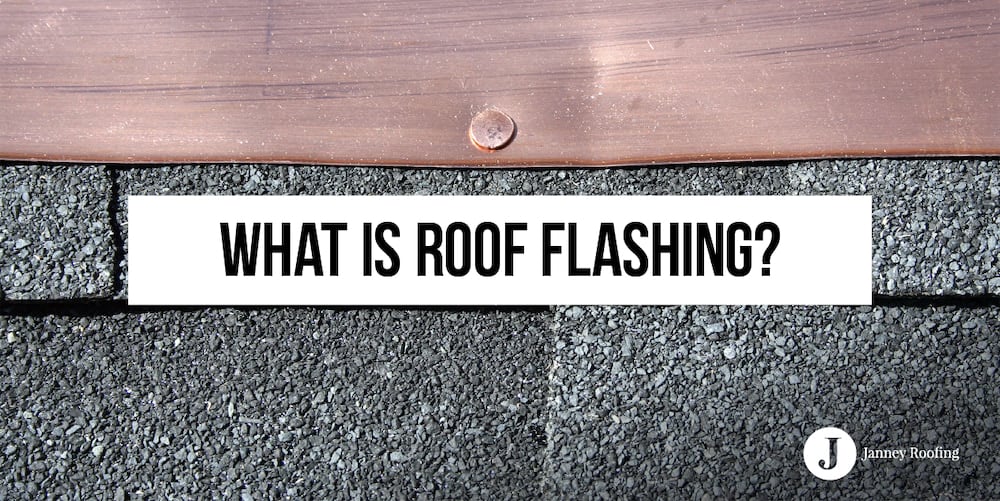Roof Flashing is a flat material that is laid beneath the shingles of your roof to mitigate and redirect water from coming in through the ceiling or other entryways. It is generally recommended to add roof flashing to any point of the building’s exterior where water may leak out.
In areas affected by frequent tropical storms or hurricanes, flashing becomes crucial to keeping your home in top shape. There are many such Roofing companies in Orlando and Tampa that reflect this tendency.
The flashing itself is often made of various metals ranging from copper to stainless steel to aluminum.
Some areas of your home may require a bit of prioritization over others in this regard; not all parts of a home are made equal. These areas include any place where two points meet to form a sort of “valley”, various vents or skylights, the edges of the roof, and the corners where the walls meet the ceiling.
Common Forms of Flashing:
Continuous Flashing
Continuous Flashing is characterized by a long, slender piece of metal. This form of flashing is also known occasionally as apron flashing and is often used to flex with the walls of your home itself. Joints and reinforcements may be required to keep the flashing from bursting or warping.
Base Flashing
Certain roofing features such as chimneys or skylights may require what is known as Base Flashing. Base Flashing involves using two pieces of metal to the water is always guided away from the roof instead of collecting on it. This type of flashing tends to be one of the easier types to install, however that will depend on the particulars of your situation.
Counter Flashing
Counter flashing is a bit of a companion to base flashing as it is the second piece required to complete base flashing. Generally, the counter flashing will go either on top of the base or on the opposite side of it.
Step Flashing
Step flashing is a type of flashing that is guided into a sort of “V” shape to guide water safely away from the roof. This type of flashing is generally rectangular in shape with a 90-degree bend in the middle to guide water away from the walls.
There are many other such types of flashing. Some are simply specific to certain additions to your roofing such as skylights, ventilation, chimneys, et cetera. For instance, most skylight flashing comes with the skylight itself or is made specifically for such a situation. When the skylight does not come with it, however, this flashing will need to be installed to guarantee that water does not seep in through the cracks; instead, it will be guided away from the roof and safely down the walls and gutters.
Materials used in Flashing
As we briefly touched on earlier, roof flashing can be made from many different materials and metals.
The three most common materials used for flashing are aluminum, copper, and steel.
Aluminum tends to be a very lightweight, easily accessible option as a building material, though it is usually treated with masonry and concrete in order to prevent corrosion. Copper, while malleable and sturdy simultaneously, still tends to deteriorate a bit with age. Steel tends to be the most common however since it is lightweight, durable, and stylishly sleek all at the same time. The steel is galvanized to prevent corrosion and wear and tear.
Conclusion
If you value and love your home as I suspect you might, then you’ll have to consider having your roof flashed at some point. Roof flashing will add to your home’s longevity while also serving to protect you and yours from the elements. Flashing provides insulation from the elements while also serving to increase livability within the home itself.

